When we started this worldschooling adventure, one of the ways I described our goals was this: “Instead of reading about the Holocaust in textbooks, we’ll learn about it in Germany.” While staying in Vienna, we took a six-hour train ride to Oświęcim, Poland (not Germany—doh!)—home to the Auschwitz and Birkenau concentration camps.
We could write about how much we loved the food in Poland (wow!) or the kids’ enjoying their first high-speed European train ride – but for now, we want to preserve the solemn space this experience deserves.
Preparing for Auschwitz
Before walking into such a place, some study at home was necessary. What struck me most in our preparation was how little I actually learned (or maybe just retained) from school. All I really knew was that the Holocaust had happened. Major credit to the Yad Vashem center for publishing a free course which I highly recommend to anyone.
There is a lot to learn in Hitler’s rise to power. Why was a post-WWI Europe so willing to turn a blind eye during early warning signs? How did so much of Germany’s population support this transition into a totalitarian regime? What fueled such virulent racial hatred toward the Jewish people? Learning these patterns, how deeply the Jews were hated, and how prejudices were systematized – was disturbing and enlightening.
Things We Learned
Our guide explained how willingly families went to Auschwitz/Birkenau. Jews had endured so much racial prejudice, and ultimately poverty, as their rights to own property or operate businesses were stripped away. The promise of a new home and a fresh start must have been inviting. And to imagine being in that position – a whole train packed with families – the awaiting horror would have been unimaginable. It’s the ultimate in human betrayal.
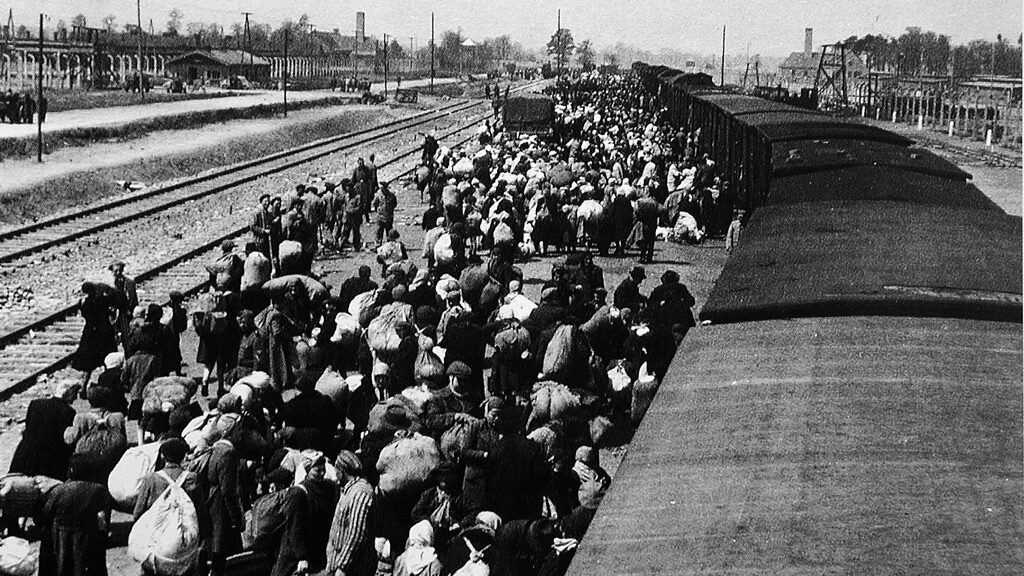
Then there’s the terrible question we found ourselves asking: who was more fortunate – the ones who were sent immediately to the gas chambers, or the ones who were forced into labor under brutal conditions with almost no chance of survival? It’s a question with no answer, but one that reveals the sheer cruelty of the system.
Speaking of “the system” – there was a dramatic contrast between Nazi Germany and what we had learned of Pol Pot and the Khmer Rouge. Cambodia was a poor country that killed in fear and paranoia. Unbelievably, Pol Pot went to his grave claiming that he never ordered murders, and that he did no wrong. Nazi Germany was very different. Fueled by hatred, they knew exactly what they were doing, and they perfected the science of mass murder – what they termed ‘the Final Solution to the Jewish Question’.
What We Saw
The exhibits are curated to communicate the scale and systemization of what took place. Seeing piles of shoes, eyeglasses, and mobility aids drove home the reality that these were not just artifacts, but remnants of individual lives, collected and sorted like freight.
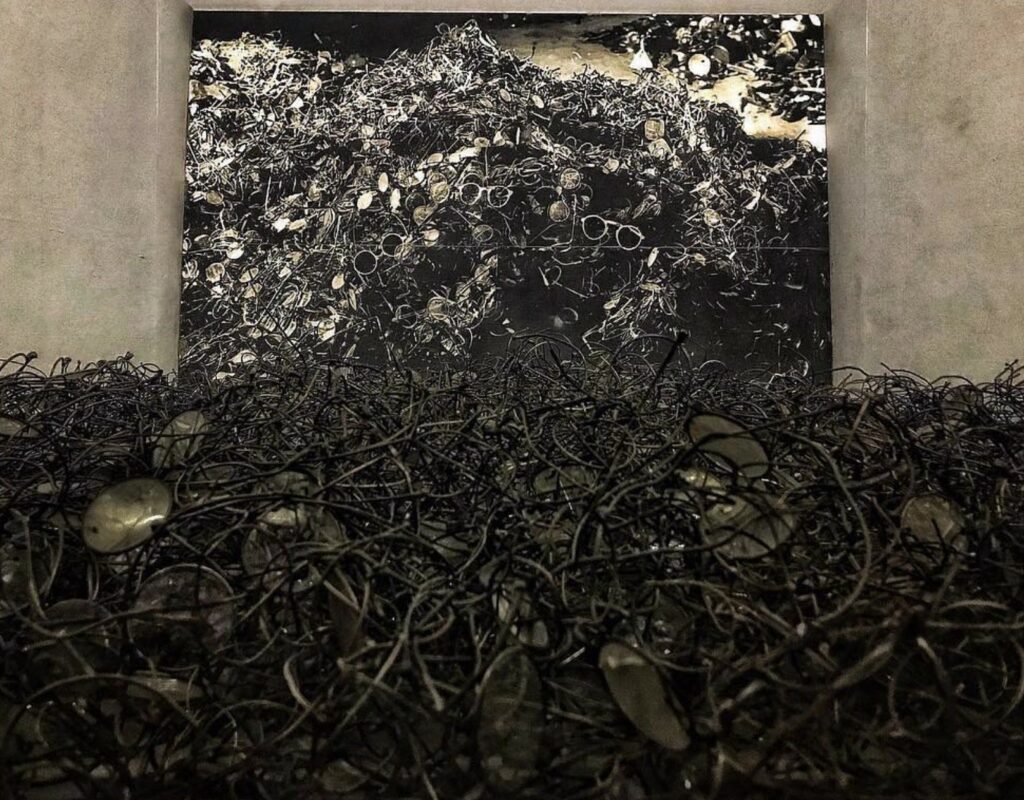


The most harrowing exhibit, for me, was one where photos aren’t allowed. As Germany began losing the war and resources became scarce, they discovered they could use human hair for fabric. The display of a vast pile of human hair, taken from murdered victims, is something I will never forget.
Walking through Birkenau in the cold and driving wind, we couldn’t help but consider what it meant for prisoners to live and work there without heat through a winter, in overcrowded barracks (three people per shelf), on meager rations.

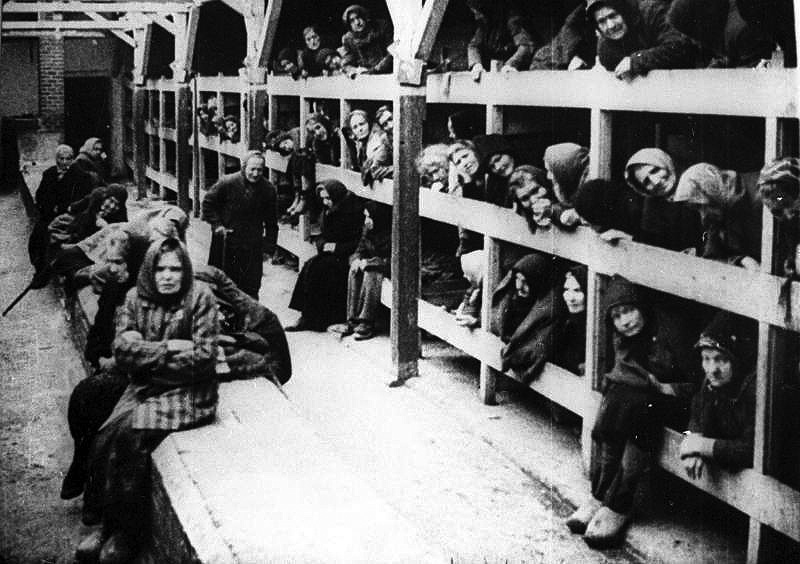
Conclusion
This wasn’t a light-hearted weekend trip, but it was one of the most important. We came away with a deeper understanding of how evil can take root when people are afraid, apathetic, or too eager to belong. We also came away more committed to teaching our children to speak up, to empathize, and to remember.
May we never forget.
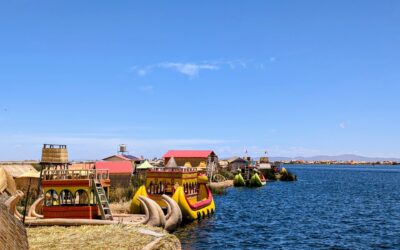
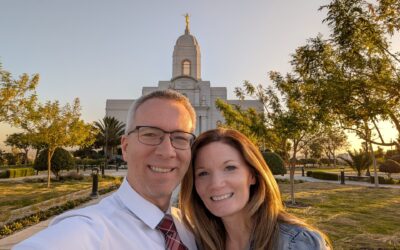
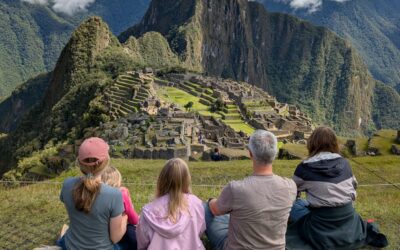
0 Comments